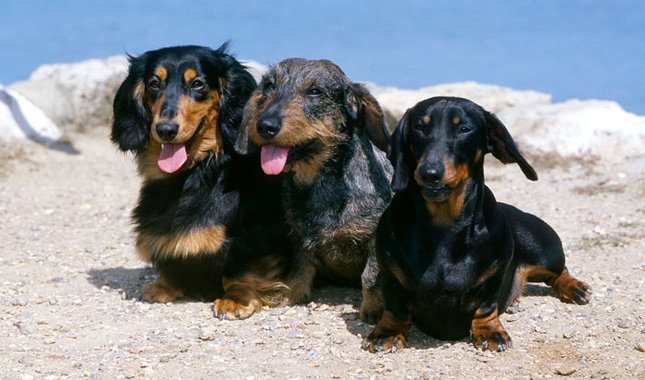Dachshunds, recognized for their distinctive elongated bodies and short legs, have captured the hearts of dog lovers worldwide. The name ‘dachshund’ is derived from the German words ‘dachs’ (meaning badger) and ‘hund’ (meaning dog), showcasing the breed’s original purpose. This article will explore Dachshund history, tracing the breed’s evolution and cultural significance, and shedding light on why they remain one of the most beloved dog breeds today.
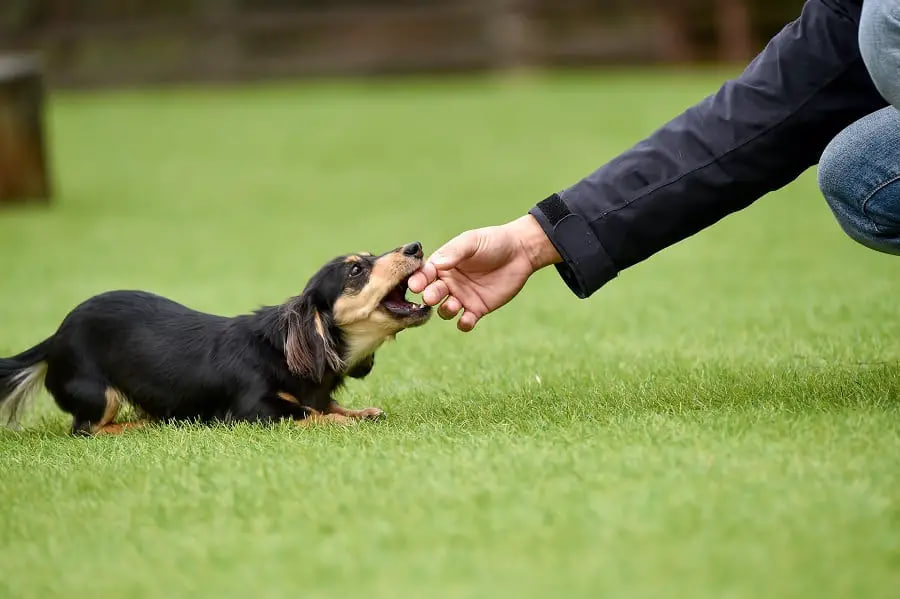
Dachshund history
The transformation of the dachshund from a specific hunting dog to a cherished companion highlights the breed’s versatility and appeal.
A. Origin of the Dachshund
Dachshunds originated in Germany in the 15th century and were specifically developed for hunting badgers and other animals that dig burrows.
B. Breed sizes, coat types and colours
Dachshunds are available in different sizes, coat varieties, and colors, each bred for particular hunting tasks:
| Size | Coat Type | Common Colors |
|---|---|---|
| Standard | Smooth | Red, Black and Tan, Chocolate |
| Miniature | Long-haired | Cream, Wild Boar, Brindle |
| Toy (rare) | Wire-haired | Dapple, Piebald, Sable |
C. Temperament of dachshunds
Dachshunds are recognized for their:
- Courage and determination
- Cleverness, which can occasionally lead to stubbornness
- Devoted and loving disposition
- Energetic and at times cheeky antics.
D. Size variations: standard and miniature dachshunds
The breed was created in two primary sizes to hunt various types of game:
- Standard dachshunds: designed for badgers and wild boar
- Miniature dachshunds: intended for smaller animals such as rabbits.
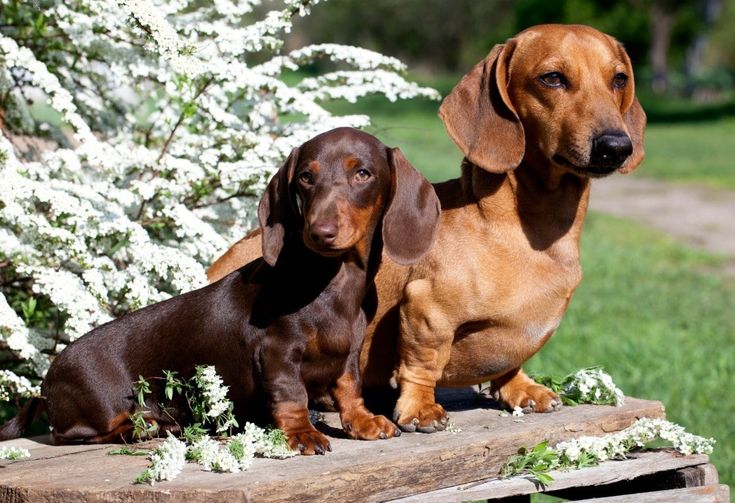
Dachshund history
Dachshunds as Hunting Dogs
A. Specific hunting roles and techniques
Dachshunds were skillfully developed for underground hunting, utilizing their sharp sense of smell and courageous disposition to track down prey in their burrows.
B. Physical adaptations for hunting
Important physical characteristics that contribute to dachshunds being exceptional hunters are:
- Extended, low-slung bodies for easy entry into dens
- Strong legs designed for digging
- Boisterous, deep bark to notify hunters
- Robust jaws for catching prey.
C. Comparison with other hunting breeds
Although terriers are recognized for their skills in earth-dog activities, dachshunds are distinguished by their distinctive body shape and adaptability in hunting different sizes of prey.
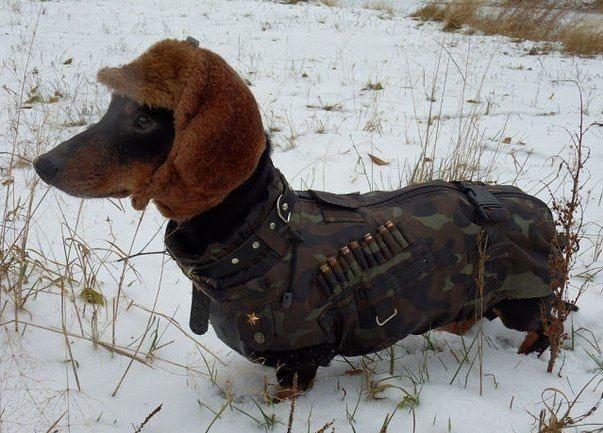
Dachshund Breed Recognition and Standardization
A. Early breed clubs and registries
The inaugural Dachshund Club was established in England in 1881, and shortly after, breed standards were set up in Germany.
B. Evolution of breed standards over time
Breed standards have developed to highlight the distinctive proportions of the dachshund while also considering health issues associated with their long spine.
C. International recognition and popularity
Dachshunds became well-known worldwide in the late 1800s and have frequently been listed among the top 10 most popular dog breeds in various nations.
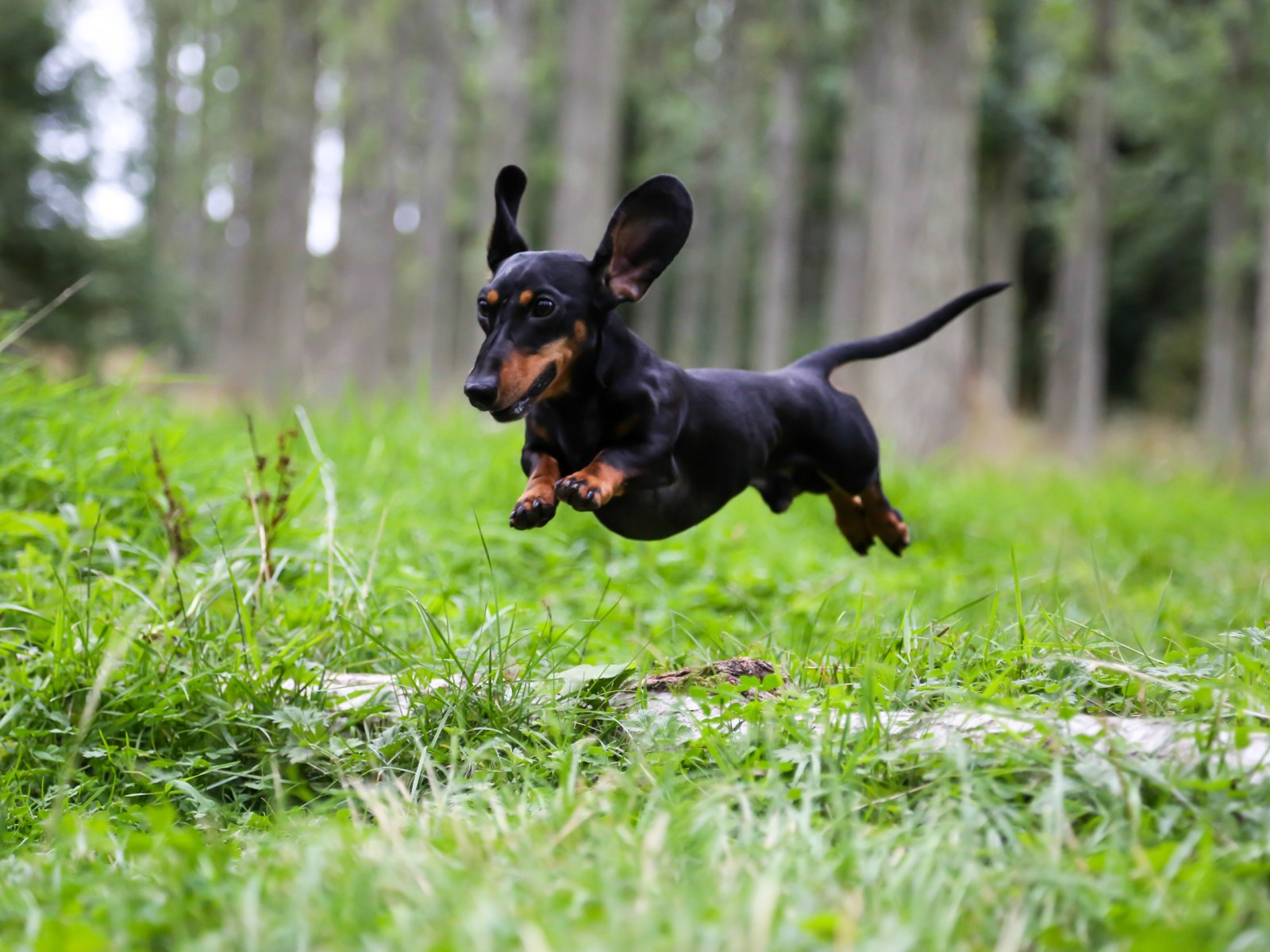
Dachshunds in Popular Culture and as Companions
A. Transition from working dogs to pets
Dachshunds were initially developed in Germany for badger hunting, prized for their persistence and tracking skills. However, as time passed, they shifted from being working dogs to cherished family pets. This change was primarily influenced by their delightful personalities and ability to adjust to different living environments. Their loyalty, intelligence, and loving disposition made them appealing to families looking for a faithful companion instead of a hunting dog.
B. Famous dachshunds throughout history
- Pablo Picasso’s Lump: The famous artist Pablo Picasso was enchanted by his dachshund, Lump. This dog often appeared in Picasso’s artworks and sketches, illustrating the deep connection between the artist and his pet.
- Queen Victoria’s Boy: Queen Victoria of England significantly contributed to the popularity of the dachshund breed in the 19th century. Her dachshund, named Boy, was a constant companion, which greatly increased the breed’s appeal among both the British elite and the general public.
- Andy Warhol’s Archie: The legendary pop artist Andy Warhol had a dachshund named Archie, who became an integral part of his life and creative work. Archie frequently featured in Warhol’s photographs and was the focus of several portraits, showcasing the dachshund’s impact on art and culture.
C. The sausage dog nickname and its origins
The affectionate term “sausage dog” originated from the dachshund’s long, slender body that resembles a sausage or hot dog. This fun nickname highlights their distinctive physical traits and has played a significant role in their popularity and affection among dog enthusiasts globally.
In conclusion, dachshunds have evolved from their beginnings as hunting dogs to beloved pets and cultural symbols. Their representation in art, literature, and everyday life showcases their lasting charm and the special bond they share with their owners and fans.

Modern Dachshund Breeding and Health
-
Current Breed Standards and Variations
Today’s dachshund breeding follows specific breed standards that highlight their unique traits: a long body, short legs, and an alert, intelligent look. These standards can differ slightly based on the dachshund’s coat type—smooth, long, or wire-haired—each requiring particular grooming and care. Breeders aim not only to preserve these physical characteristics but also to cultivate a temperament that is friendly, curious, and confident.
-
Health Issues Linked to Breed History
Although dachshunds are beloved for their charm, they are prone to various health problems primarily due to their distinctive body shape:
- Intervertebral Disc Disease (IVDD): This condition is a major concern for dachshunds because of their elongated spine and short legs. IVDD arises when the discs between the vertebrae deteriorate or herniate, resulting in back pain, hind limb paralysis, and, in severe cases, loss of bladder and bowel control.
- Patellar Luxation: Dachshunds may also suffer from patellar luxation, where the kneecap slips out of its normal position, leading to lameness and discomfort.
- Eye Issues: Conditions such as progressive retinal atrophy (PRA), cataracts, and glaucoma are common in dachshunds, necessitating regular veterinary check-ups and sometimes surgical treatment.
-
Efforts to Maintain Original Breed Characteristics
Responsible breeders are vital in preserving the unique features of dachshunds while tackling health issues through various approaches:
- Health Screening: Before breeding, reputable breeders perform health screenings, including X-rays to evaluate spinal health and eye exams to identify potential problems early on.
- Selective Breeding: By carefully choosing breeding pairs based on health, temperament, and adherence to breed standards, breeders strive to lower the occurrence of hereditary diseases while retaining desirable traits.
- Education and Awareness: Breed clubs and organizations inform owners and breeders about the significance of health testing, responsible breeding practices, and proper care for dachshunds.
In summary, while dachshunds remain beloved for their unique looks and charming personalities, modern breeding efforts concentrate on reducing health risks linked to their distinctive body structure. Through responsible breeding methods and ongoing research, the aim is to ensure that dachshunds continue to be healthy, happy companions for many years while maintaining their iconic characteristics.

FAQs
Q : What do dachshunds hunt?
A: Many people considering getting a dachshund often wonder what they hunt. Dachshunds were specifically bred to pursue various small game, with badgers being their main target. Their long, low bodies and determined temperament enable them to dig into burrows and face their prey effectively.
Q : How long do dachshunds live?
A: The typical Dachshund lifespan ranges from 12 to 16 years. Various factors, including genetics, nutrition, physical activity, and medical care, play crucial roles in determining how long a Dachshund might live.
Q : Why are dachshunds so long?
A: The response to the question, “Why do dachshunds have such long bodies?” is that their elongated shape is due to selective breeding aimed at enhancing their hunting skills. This design enables them to easily access burrows and chase after prey like badgers, rabbits, and foxes deep underground.
Q : How much do dachshund dogs cost?
A: What is the cost of dachshund dogs? The price of dachshund dogs can differ significantly based on various factors, including lineage, coat type (smooth, long-haired, wire-haired), the reputation of the breeder, and the area where you are located. Generally, prices usually fall between a few hundred to several thousand dollars for a dachshund puppy.
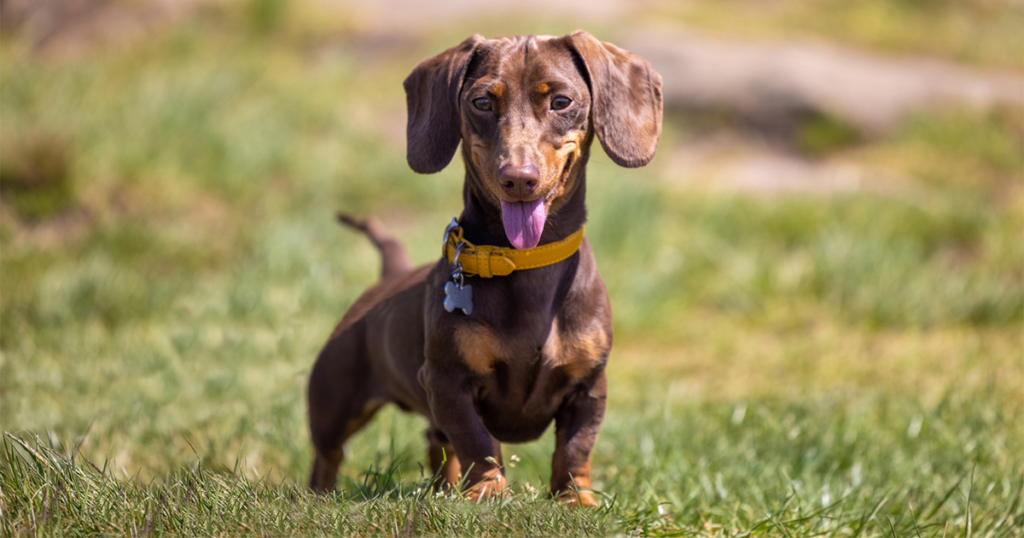
Conclusion
From their origins as fearless hunters to their role as cherished pets, the story of Dachshund history highlights their lasting impact. Today, these dogs continue to captivate owners with their lively personalities and adaptability to various lifestyles. Looking ahead, the dachshund’s popularity remains robust, bolstered by ongoing efforts to preserve the breed’s health and vitality for future generations.
In summary, the transformation of dachshunds from specialized hunters to beloved companions is an intriguing chapter in Dachshund history, showcasing their adaptability and enduring appeal. As a veterinary professional, I am continually impressed by the breed’s resilience and charm, and I eagerly anticipate how these extraordinary dogs will continue to evolve and win hearts worldwide.

